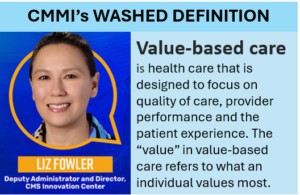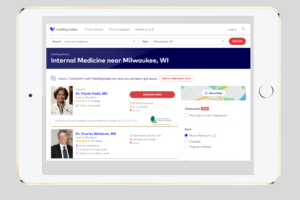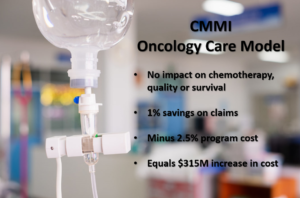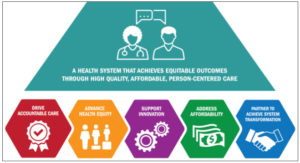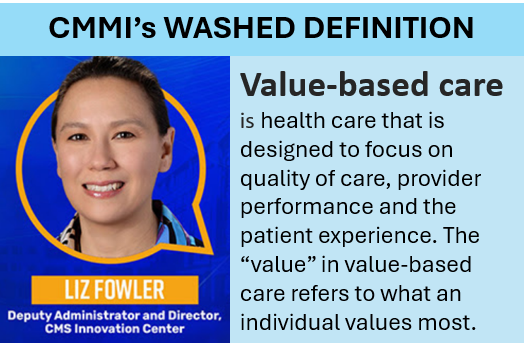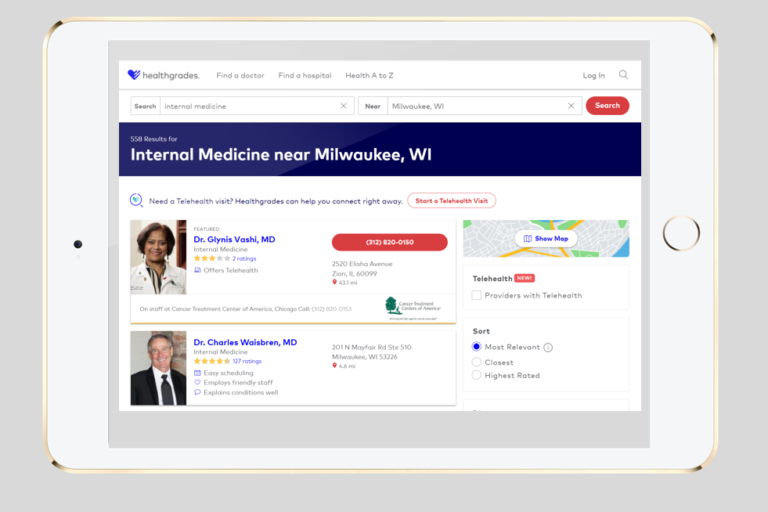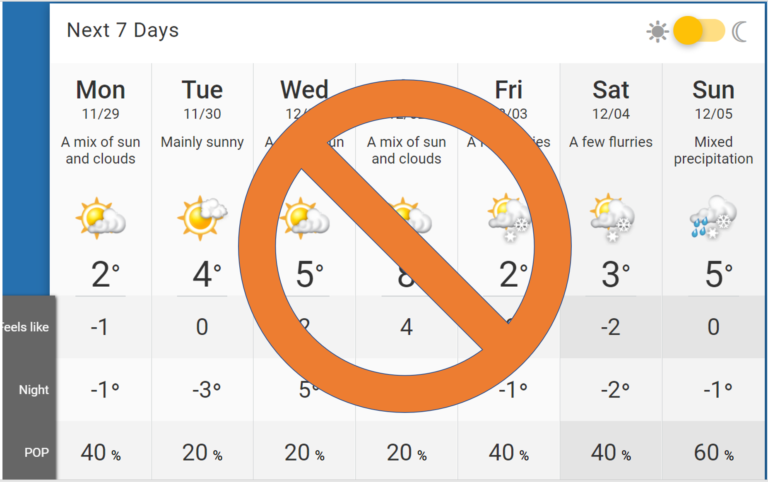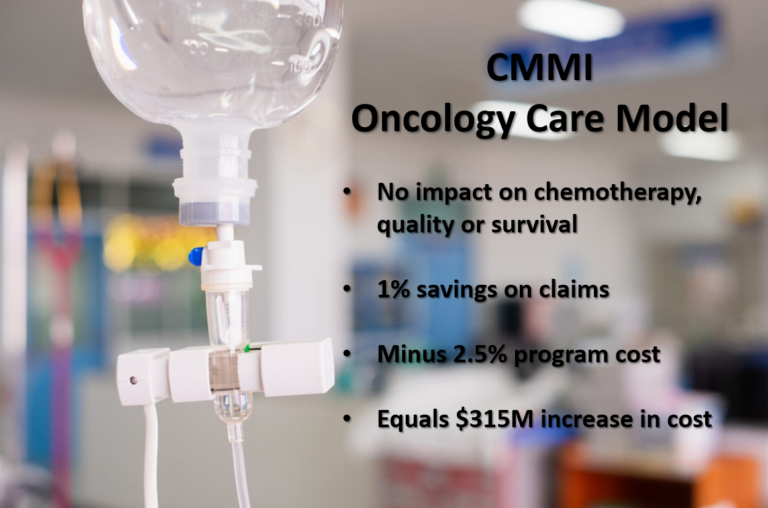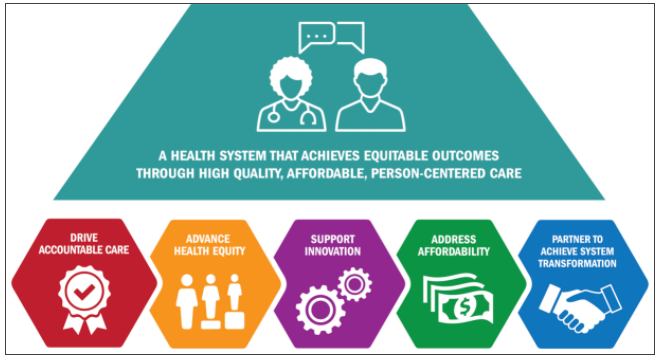Background
The US Preventive Services Task Force established national evidence-based guidelines for adult immunization as part of their 1993 and 1996 review processes. After a review by Henry Ford Health System (HFHS) general internists, family practitioners, and infectious disease specialists, these guidelines were endorsed by the HFHS Prevention Committee. The Prevention Committee’s recommendations were subsequently accepted by the Henry Ford Medical Group Clinical Practice Committee and by the Health Alliance Plan Quality Management Committee to form practice guidelines for the medical group and health plan, respectively.
Methods
A multi-faceted implementation approach was used to improve immunization performance within the Henry Ford Medical Group, one of the provider groups that serve the Health Alliance Plan. Multi-faceted implementation efforts have been found to be most effective for improvement processes that involve behavior change. The implementation effort involved staff training, patient and member education, continual quality improvement, and medical informatics facets.
- Staff Training. All senior medical staff within the Henry Ford Medical Group were sent a copy of internal adult immunization guidelines, which were incorporated into a larger preventive health services manual. In addition to this mailing, a number of clinicians had the opportunity to discuss these guidelines in an on-site continuing medical education program on the provision of preventive health services.
- Patient education was accomplished by publishing an article in the Health Alliance Plan’s member newsletter, which is mailed to all health plan members. A slogan and cartoon character were also developed for a program to promote immunization compliance. This content was incorporated into posters and tent cards, which were placed in clinics lobbies and waiting areas.
- Local continuous quality-improvement teams were established to develop and implement process changes. These teams launched Saturday morning walk-in flu immunization clinics during flu season. By using this approach to immunization, wait times were reduces and patients were able to avoid setting up an appointment to get the immunization.
- Medical informatics approaches were pursued, leveraging the capabilities of the clinical information system and data depositories that are available within the insitution. Computer-generated reports were created, listing immunization status for HFHS adult patients. These reports were used by staff of the Saturday morning walk-in flu clinics. In addition, computer-generated reminder postcards and letters to patients at high risk for influenza were printed and mailed.
Evaluation
These mailings were formally evaluated in a randomized trial conducted during the first year of the HFHS flu immunization program. The entire patient population for whom flu immunizations were indicated were randomized into four groups. The control group (usual care) received only the posters and tent cards in the clinic. Patients in each of three treatment groups received this same clinic-based intervention and either (1) a generic postcard, (2) a tailored postcard, or (3) a tailored letter containing an explicit statement of why flu immunization was indicated for them. Indications included age over 65 and the presence of one of a number of disease states, as ascertained from diagnosis coding of ambulatory visits and inpatient admissions. These letters or postcards were addressed from the patients’ primary care clinicians. The results of randomized trial showed a 5 percentage point increase in the rates of immunization in the patient population receiving the tailored letter compared to those receiving usual care.
The cost of the letter, including printing and postage, was 42 cents. The vaccine costs just over $4.00. From the literature, it is known that annual hospital costs are reduced from an average of $355 to $215 as a result of flu immunization. Therefore, during a non-epidemic year, the flu immunization program was calculated to save the HFHS over $180,000, net of the cost of the intervention. During an epidemic year, this savings is increased to almost $400,000. Therefore, the flu immunization project serves as an example of a clinical-practice improvement effort that simultaneously benefits the health status of patients and reduces health care cost.
The National Committee for Quality Assurance (NCQA) adopted in 1996 a new adult immunization performance measure which is included in the Health Plan and Employer Data and Information Set (HEDIS 3.0). These quality indicators have been reported by hundreds of health plans across the country, and are compiled in the NCQA Quality Compass, a national health plan quality database.


